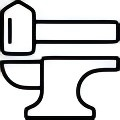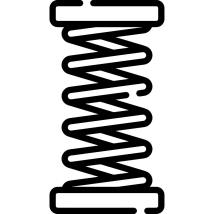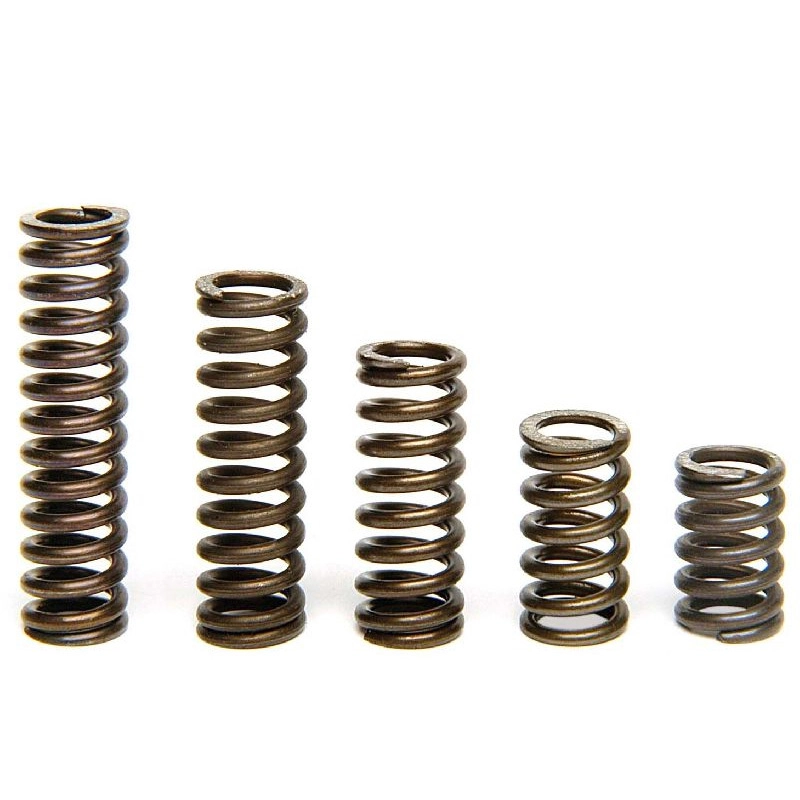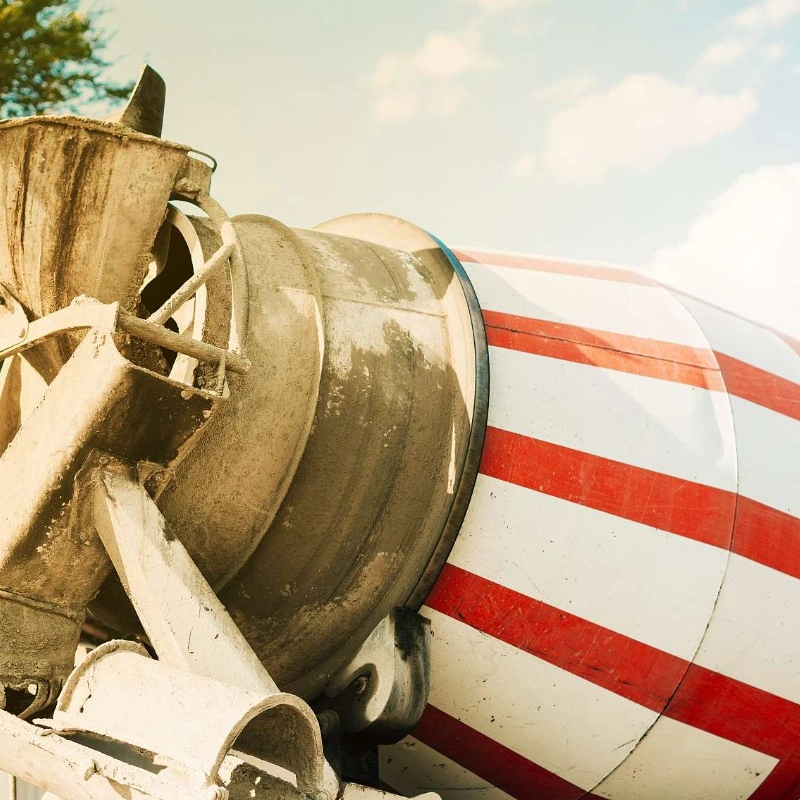What is Cold-Work Mold Steel
Cold-Work Mold Steel has a specific design for high wear resistance and toughness at room temperature. High carbon content is the main feature of this type of mould steel, because the higher the carbon content of the steel, the better its hardness performance and wear resistance. Based on above said properties Cold-Work Mold Steel is suitable for the application of tools and moulds that are used in stamping, cutting and forming operations where the working environment is below room temp.
| Cold–Work Mold Steel Grades by Country | ||||
| GB | ISO | ASTM | JIS | DIN |
| Cr12 | 4957 (X210Cr12) | D3 | SKD1 | 1.208 |
| Cr12Mo1V1 | 4957 (X155CrMoV12)-1 | D2 | SKD11 | 1.2379 |
| Cr5Mo1V | A2 | SKS31 | 1.2344 | |
What is Hot-Work Mold Steel
Hot-Work Mold Steel is designed to be resistant to high temperatures and thermal shock, which is relevant for operations of metal deformation at high temperatures. It exhibits matching properties against wear, impact and also, and thermal fatigue that enhances its performance as a heat-resistant mould steel. It is used commonly in applications subject to extreme heat and stress, such as die casting, extrusion, and forging of moulds.
| Hot–Work Mold Steel Grades by Country | ||||
| GB | ISO | ASTM | JIS | DIN |
| 5CrNiMo | 4957 (40CrNiMo) | L6 | SKT4 | 1.2713 (40CrNiMo86) |
| 3Cr2W8V | X40CrWMoV5-1 | H12 | SKD6 | 1.2581 (X30WCrV9-3) |
| 4Cr5MoSiV | 4957 (X37CrMoV5-1) | H11 | SKD61 | 1.2344 (X40CrMoV5-1) |
| 4Cr5MoSiV1 | 4957 (X37CrMoV5-1) | H13 | SKD61 | 1.2344 (X40CrMoV5-1) |
Shared Attributes of Cold and Hot Work Mold Steels
High Resilience
Generally, mold steels have traits such as high toughness include resistance to brittle fracture when stressed, and the ability to absorb energy and deform without failure, using cold-work as well as hot-work mold steels. It also plays a vital role in applications where repeated or impact strain is applied to the steels, providing durability and reliability in demanding environments. This property is especially important in situations in which the mold steels experience repeated or impact loading, for the life or reliability of the dies, must be assured even under extreme conditions.
High Strength
Both Cold-Work and Hot-Work Mold Steels have naturally high strength, allowing them to hold their structure even under heavy loads. This property is essential in manufacturing processes where consistent performance is critical over time. Certainly, this property is important to ensure accuracy which further helps in the manufacturing process which requires lesser consistency over a longer period of time and vice versa.
Distinguishing Factors Between Cold and Hot Work Mold Steels
Working Temperature
Cold-Work Mold Steel is designed for applications at ambient temperature, has high resistance to wear along with toughness, and does not require heat treatment. The high carbon content helps make it hardy and well suited for stamping and cutting uses, as long as the working environment remains relatively cool. On the other hand, Hot-Work Mold Steel is designed to withstand high temperatures associated with die-casting or forging processes. It is built to be thermally stable and needs to retain its structure during ongoing processes at very high temperatures.
Characteristic Attribute
High carbon content is what will mainly define Cold-Work Mold Steel, which tends to generally give it higher hardness and wear resistance. This is what makes it especially well-suited for tools that must endure in abrasive environments. Conversely, Hot-Work Mold Steel is based on withstanding the high thermal stress and has much better resistance to heat-induced wear and impact. Its outstanding thermal stability, which offers a great advantage in places where moulds are subjected to repeated heating and cooling cycles is also another extensive advantage.
PromiSpecial Mold Steels Application Range
Automotive Industry
Cold-Work Mold Steel is widely employed in the automotive segment for the production of stamping dies, as it has the capacity to keep an edge at room temperature. The dies themselves are instrumental in creating exactly contoured automotive body panels and other components. On the other hand, Hot-Work Mold Steel comes in handy for die casting used for manufacturing die-cast engine blocks and transmission components due to its ability to endure high temperatures.
Aerospace Sector
Aerospace manufacturing demands precision and reliability. Cold-Work Mold Steel is used to make molds that fit intricate, close-tolerance parts at room temperature. These molds are necessary for creating detailed parts like brackets and housings. On the other hand, Hot-Work Mold Steel is used in high-temperature metal-forming processes required to manufacture critical aerospace components such as turbine blades that need to be thermally stable.
Construction Field
Mold steels are required to survive stringent atmospheric environments which is leading to the growth of this segment in the construction industry. Cold-Work Mold Steel: Ideal performance for room-temperature working conditions, and used to make cutting tools and dies used to shape construction materials. Wear Resistance ensures it is used in the long run even with harsh use. On the other hand, we have Hot-Work Mold Steel which is typically used for Hot Forging operations necessary for producing structural components such as steel beams, since it can withstand deflection at high temperatures.
Industrial Molding
Cold-Work and Hot-Work Mold Steels provide reliable options for industrial molding applications that demand precision and fatigue resistance. Cold- Work Mold Steel guarantees precision in manufacturing tools that are then used for the low-temperature plastic injection molding processes. By contrast, again, Hot-work mold steel supports high-temperature molding operations (e.g., rubber vulcanization or glass forming) for which maintaining the structural integrity of the mold under thermal expansion is critical.
Selecting the Right Mold Steel for Your Needs
When it comes to choosing between cold-work and hot-work mold steel, several key factors should guide your decision-making process. Considerations such as operating temperature range, mechanical strength requirements, anticipated wear conditions, and specific application environments will help determine which type of steel best suits your needs.
Following the above points in consideration can help you in the effective decision-making of Cold-Work and Hot-Work Mold Steels. Meanwhile, PromiSpecial can customize steel products that meet your needs, providing you with the best performance and lifespan required by the industry.

























